Susan Hopp, member of the Board of Directors for the American Cetacean Society, San Francisco Bay Chapter highlights the speaker series events scheduled for the remainder of 2022.
Steps to Reduce Your Plastic Waste
One of the most important actions we can take to protect whales and dolphins is reduce our usage of plastics, which all too often end up in the ocean. In fact, it’s predicted that by 2050, there will be more plastic in the ocean than fish. According to research, ten percent of all whales and dolphins have ingested plastic. Plastic stays in animals’ digestive tracks and can easily result in death. On June 2, 2018, a Guardian article reported that a whale died from eating more than 80 plastic bags. Another such tragedy involved sperm whales in the Mediterranean, where nine out of 24 carcasses revealed that the animals’ stomachs were blocked by large amounts of plastic. Sadly, plastic-related cetacean deaths such as these are not uncommon.
Paradise or Graveyard: The Reasons Behind Cetacean Strandings
If you were to look out at a sandy beach your first inclination might be to get the sunglasses out and let your stress melt away however beaches cam sometimes become the end-point for cetaceans when they either wash up dead or live strand. This was evidenced by one of the worst live stranding events in New Zealand’s history last month.
Bay Area Updates From The 2016 International Cetacean Conference
The American Cetacean Society hosted their 15th international cetacean conference in Monterey last month. The conference included a host of well-known names and a ton of interesting current research. I want to share with you some of the topics that relate to the bay area as well as some of the interesting advances in the field of cetacean science.
